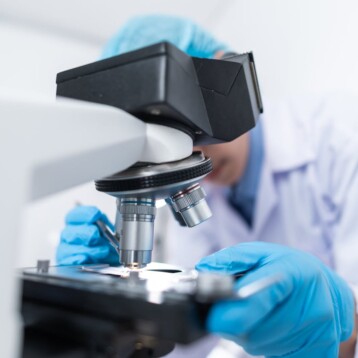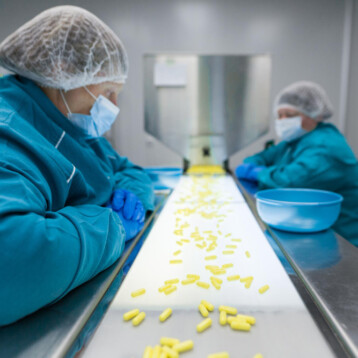|
PPAR’s (peroxisome proliferator-activated receptors) are a group of receptor proteins in the nucleus that regulate the expression of genes by acting as transcription factors. They play an important role in various processes, such as cellular differentiation, development, and metabolism of higher organisms.
Previous findings of the research team have shown that a permanent activation of the PPAR delta type receptor makes mice endure physical strain for long periods of time. The examined mice were also resistant to weight gain, even when put on a high-fat diet which causes obesity in ordinary mice. Another health benefit the mice exhibited was an improved response to insulin, which lowered levels of circulating glucose. The next step was to test whether it was possible to activate this genetic pathway by use of a drug, as genetic engineering in humans is still not practical.
The drug used is called GW1516 and was given to mice in the course of four weeks. Contrary to what was expected, the team found the mice showed no decrease in fatty acids and blood glucose levels. Surprised, the researchers then put the mice to a training program, having them run on a treadmill for 50 minutes daily. Suddenly, a vast improvement was shown. Endurance was improved by 77% and the portion of “non-fatiguing” or “slow twitch” muscle fibers rose by 38 percent.
|
So why is exercise so important? First of all, exercise exhausts the energy stored in muscles, in form of a chemical named ATP. When the demand is high, ATP releases energy and AMP is formed. When AMP levels are elevated, AMPK, a metabolic master regulator, begins working on increasing the levels of ATP. It is possible that AMPK activation is necessary for PPAR delta activation. Normally, AMPK resides in the cytoplasm near the nucleus, but this experiment showed that some AMPK molecules activated by exercise entered the nucleus. There they physically interact with the PPAR delta and enable it to affect the genetic network that increases endurance.
During the next stage of the experiment the researchers gave mice AICAR, a synthetic AMP analog which activates AMPK. The mice were put through no training and after four weeks of simply taking the drug, the group showed 44% greater endurance than untreated, untrained mice, which is similar to improvement caused by four week exercise.
Although these results may sound tempting to all couch potatoes, it is doubtful that this drug will be released soon to the market for mass use. A test for these drugs is also being developed in collaboration with World Anti-Doping Association, so if you’re a sports contender seeking undetectable doping drugs, this is not the right solution for you. Yet the knowledge gained from the experiments may help in the development of drugs to help various muscle diseases such as wasting and frailty.
TFOF has recently covered a story on weight management telling of a gene involved in weight gain discovered by scientists from the London School of Medicine. Another story recently covered by TFOT river gym which is propelled by workout, designed by architect Mitchell Joachim.
More information on the exercise pill can be found on the Salk Institute for Biological Studies’ website.












